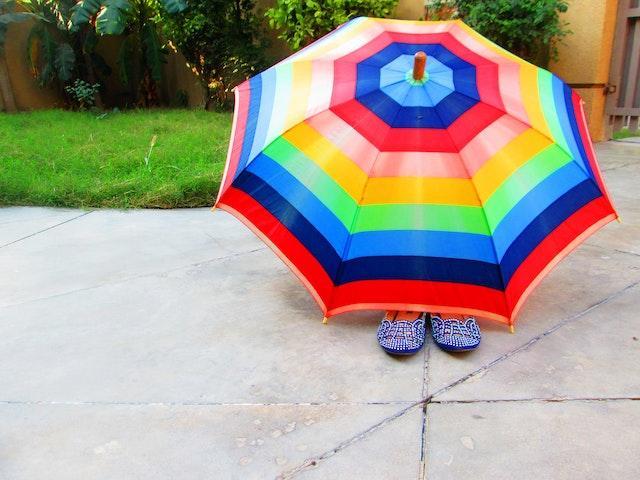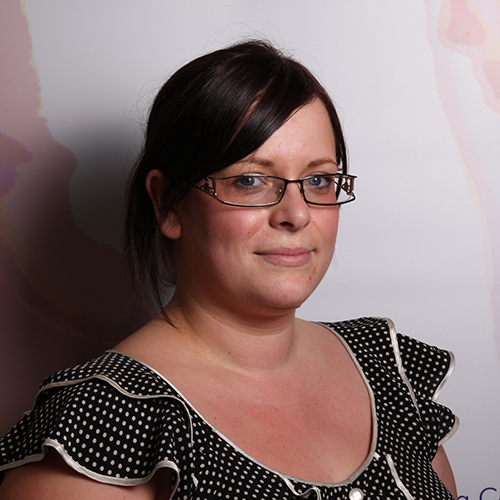Safeguarding: What It Is and Whose Responsibility Is It?
Safeguarding means protecting a citizen’s health, well-being and human rights; enabling them to live free from harm, abuse and neglect. In this article, we talk about what this means for your organisation, the different types of safeguarding and how you can help protect vulnerable people in your community.
Why is safeguarding important?
Safeguarding is important because it helps to protect vulnerable individuals from physical, emotional, and sexual harm, as well as neglect and exploitation. Regardless of age, gender, religion, or ethnicity, everyone has the right to live a life free from fear, neglect, and abuse. Implementing protection measures ensures that vulnerable people are not taken advantage of or harmed in any way.
Safeguarding protects individuals by ensuring that they grow up receiving the proper care and protection they need throughout their lives. It also helps prevent them from experiencing abuse or exploitation. When effective training is in place, it enables us to promptly take action when there is a suspected issue or concern.

Whose responsbility is safeguarding?
Often, people think that safeguarding is restricted to professionals such as healthcare workers, social workers, and police officers. However, it is everyone’s responsibility, and every individual plays a vital role in creating a safer society. By being aware of potential risks and taking steps to prevent harm, we can create a society where individuals feel safe and protected. It is essential to promote a culture that values the safety of others and takes action to prevent harm from happening.
What does safeguarding protect individuals from?
There are many different types of safeguarding. These include:
- Physical: This involves protecting people from physical harm. This includes things like abuse, violence, and accidents.
- Emotional: This involves protecting people from emotional harm. This includes things like bullying, anxiety, and depression.
- Sexual: This involves protecting people from sexual harm. This includes things like sexual abuse, exploitation, and trafficking.
- Neglect: This involves protecting people from neglect. This includes things like not being fed, clothed, or cared for properly.
- Exploitation: This involves protecting people from exploitation. This includes things like forced labour, child labour, and human trafficking.
How can we help safeguard individuals?
You can help protect vulnerable people in your community by being aware of the signs of abuse and exploitation. If you would like to protect young or vulnerable people within your organisation you can check out these tips from the NSPCC on writing safguarding policies and procedures. You can also report any concerns you have to the authorities, or for any of our apprentices and employers you can contact our Safeguarding Officer, Amy. If you suspect someone is being abused or exploited, don’t hesitate to speak up. Remember, safeguarding is everyone’s responsibility. Together, we can make a difference.
Article originally published August 12th 2022 by Chris Dolman || Updated October 20th 2023 by Toby Greenfield

Toby Greenfield
Toby is our Learner Engagement Marketing Apprentice and is involved with all things social media and content development. He is also responsible for attending careers events and delivering presentations. Toby is dedicated to showcasing the apprenticeship opportunities available for individuals and businesses to embark upon.













